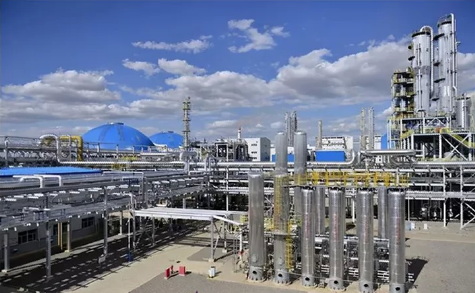











|
Synthetic Fuels refer to the liquid or gaseous fuel converted from coal, natural gas, biomass and other energetic raw materials through chemical methods. The raw materials for synthetic fuels include fossil fuels such as coal, natural gas, oil sands, and oil shale, as well as renewable resources such as biomass, sewage, and CO₂ capture gas.
The main methods for producing synthetic liquid fuels include:
● Fischer Tropsch process: Using synthesis gas (CO+H₂) to catalyze the synthesis of hydrocarbon liquid fuels.
● Electrolytic synthesis method: Combining green hydrogen with captured CO₂ to generate liquid fuel.
The Synthetic fuels include Synthetic liquid fuels and Synthetic gaseous fuels. The Synthetic liquid fuels suitable for power plants include Methanol fuel, Coal-to-Liquids (CTL), Biomass-to-Liquids (BTL), Hydrogenated vegetable oil (HVO), Power-to-Liquids (PTL), and Gas-to-Liquids (GTL), etc.
1. Biomass-to-Liquids (BTL), also known as Biomass fuel oil, refers to the liquid fuel synthesized by thermochemical conversion and gasification of biomass into synthesis gas, and then catalytic conversion. The chemical properties of the final product may differ from conventional fuels such as gasoline or diesel, but it can also be used in diesel engines. International standards: EN 16709,EN 15940.
2. Hydrogenated Vegetable Oil (HVO), also known as Renewable diesel, refers to the refined product of vegetable oil, animal fat, and other oils, either alone or in combination with petroleum, through a hydroprocessing process to produce hydrocarbons from fatty acids. The production process is usually more expensive than biodiesel, but HVO is a directly usable fuel that can be used in direct distribution, refueling facilities, and existing diesel engines without the need for processing. HVO is commonly referred to as renewable diesel to distinguish it from biodiesel (FAME). International standards: ASTM D 975.





